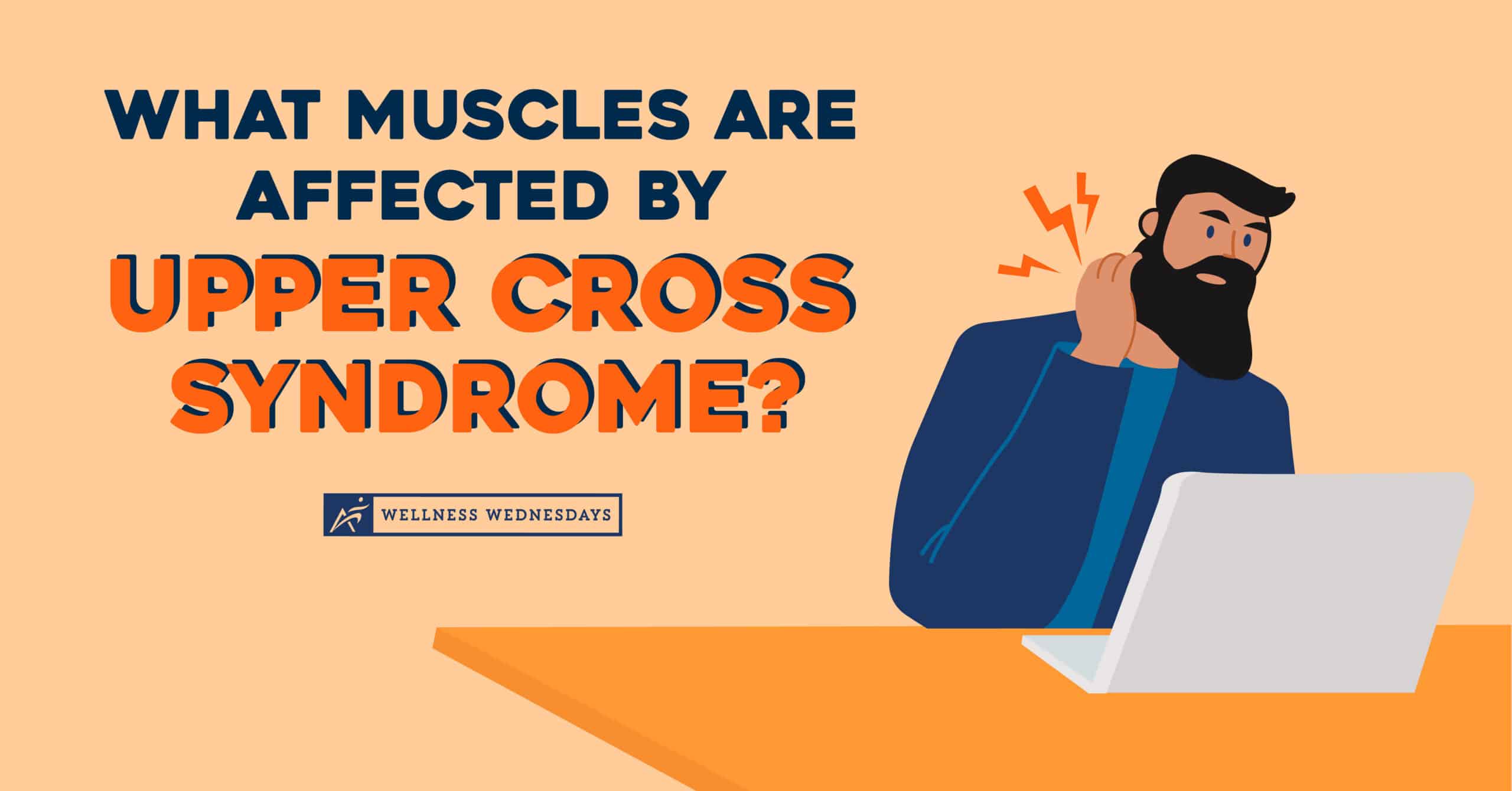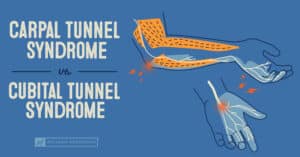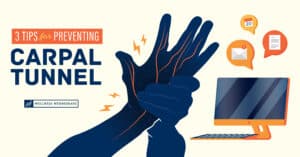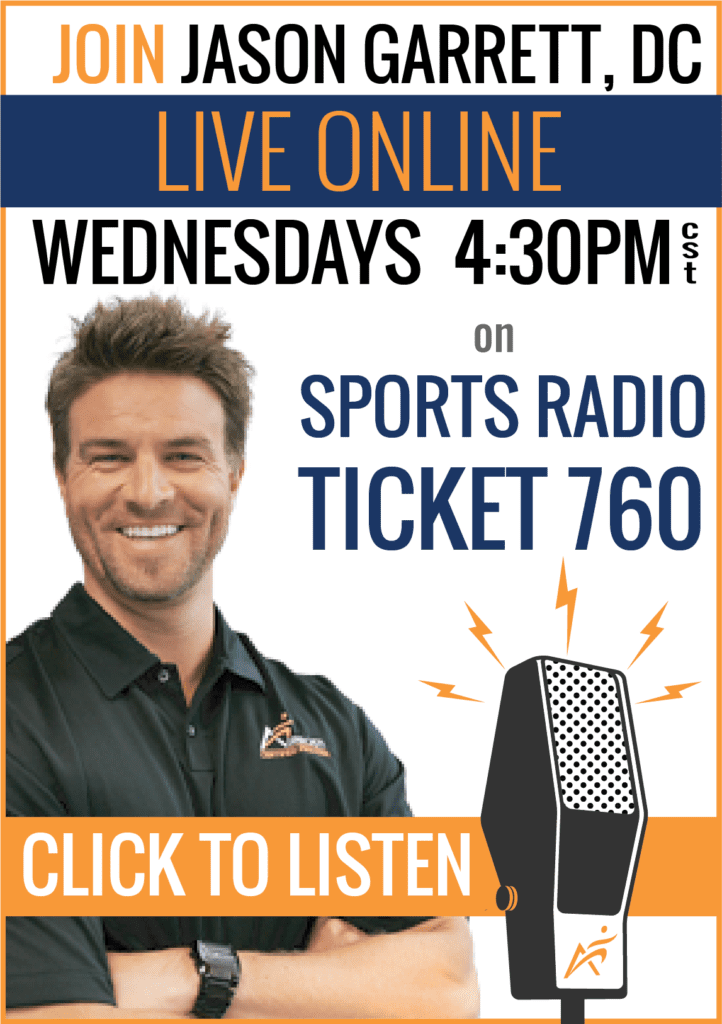Oftentimes when we experience pain in a particular area of the body, our minds immediately start to list out specific injuries related to that area to try to self-diagnose our condition. For example, if you have foot pain, you may suspect it’s plantar fasciitis.
In the case of upper back pain, you may or may not know that you have Upper Cross Syndrome, a muscular imbalance condition. However, do you know the specific muscles involved and what their function within the human anatomy is? Continue reading to learn the anatomy and facts about the muscles involved in Upper Cross Syndrome!
What are the Muscle Groups Involved?
1. Deep Neck Flexors
The deep neck flexors, also known as the prevertebral cervical muscles, are essentially the core of the neck. The neck flexors help with providing stabilization of your neck, as well as your skull. The neck flexors are comprised of 4 muscles, including:
- Rectus capitis anterior
- Rectus capitis lateralis
- Longus capitis
- Longus colli
The prevertebral muscles’ primary function is flexing the head and neck, and movements such as tilting to the sides. If weakened, the deep neck flexors can lead to an increase in headaches or neck tension, as well as a forward head posture from lack of strength.
2. Trapezius Muscles
The trapezius muscle, known as the traps, is a large muscle comprised of long fibers that span most of the upper back. There are 3 parts of the trapezius muscles: superior (upper), inferior (lower), and middle. The traps assist with postural support and allow the neck to remain erect when you are standing. In addition, the trapezius helps with head balance, overhead movements, and/or arm functions, like throwing.
The trapezius, unfortunately, is highly vulnerable to stress and tension. Hunching your shoulders and neck from stress or anxiety leads to strain on the trapezius muscle. As a result, upper back pain, or even headaches, can result from this.
3. Pectoral Muscles
The pectoral muscles live within your chest, and are comprised of 4 muscles, including:
- Pectoralis major
- Pectoralis minor
- Serratus anterior
- Subclavius muscle
The pectoral muscles have several functions depending on the muscle. The major muscle, which is thick and makes up the bulk of chest muscles, helps with movement in the upper extremities, as well as flexion and rotation. The pectoralis minor, which is much thinner and triangular, stabilizes the scapula. Your serratus anterior helps with pulling the scapula forward and is useful in arm throwing or swinging motions.
4. Rhomboids
The rhomboids consist of the Rhomboid major and the Rhomboid minor. Their primary function is movement in the upper extremities and stabilization of the shoulder. Additionally, they also stabilize the scapula and help with motions such as retraction, elevation, and rotation.
The rhomboids work with several muscle groups, including the trapezius, pectorals, and sternocleidomastoid. Like the trapezius muscles, the rhomboids provide support with arm movement and overhead motions, like throwing or pulling.
How are These Muscles Affected?
In the case of Upper Cross Syndrome, the above-mentioned muscle groups become either weakened or tightened. The rhomboids and deep neck flexors become weakened, possibly due to poor posture or possibly a preexisting injury to the area. Because these muscles have become weakened and no longer properly function, the pectoral and upper trapezius muscles must work harder to compensate for the lack of support or function your body is not receiving. This can lead to muscle tightness and tension, as well as referred pain in the neck.
Airrosti: A Simple Solution to Your Situation
If left untreated, muscular imbalance conditions like Upper Cross Syndrome can lead to continued postural changes, as well as chronic, recurring episodes of pain. If you suspect you are suffering from Upper Cross Syndrome, schedule an appointment with an Airrosti Provider today!
Your Provider will create a personalized treatment plan to target your injury at the source. In addition, you will also receive resources and tools to continue your recovery at home and prevent future episodes of pain.
Call (800) 404-6050 to learn more information.










